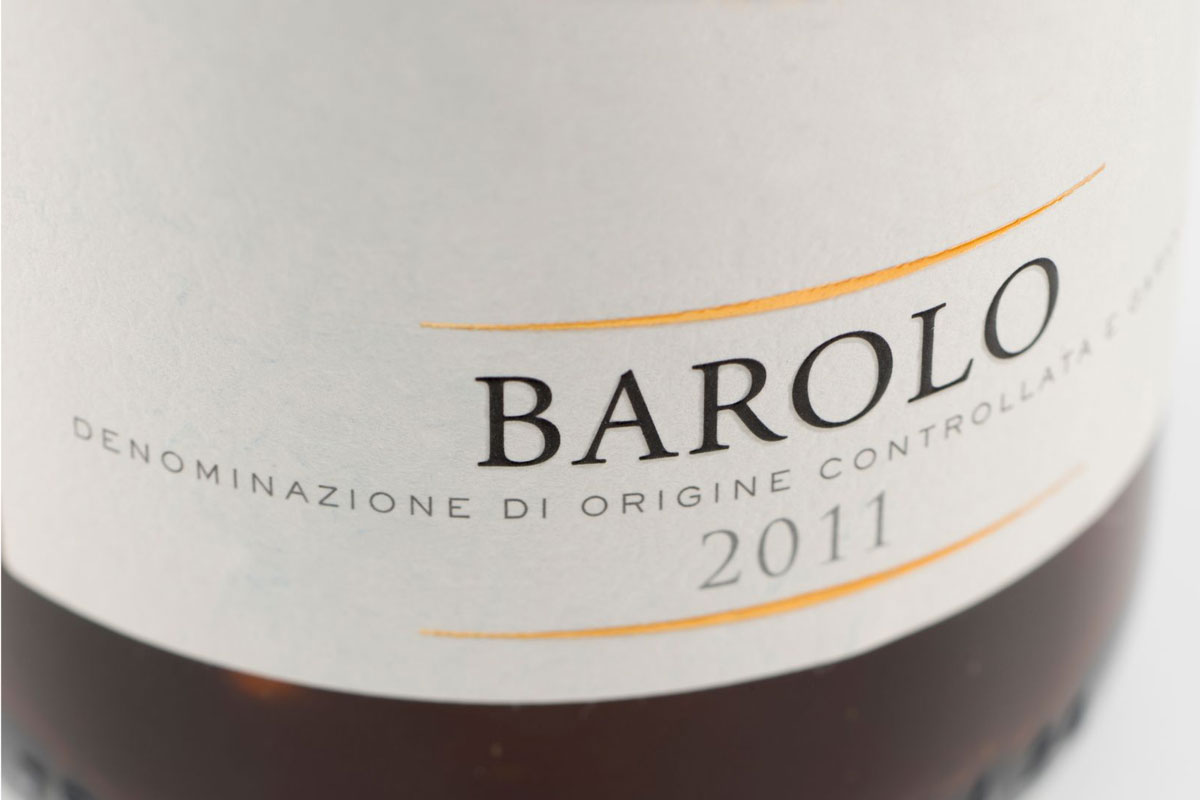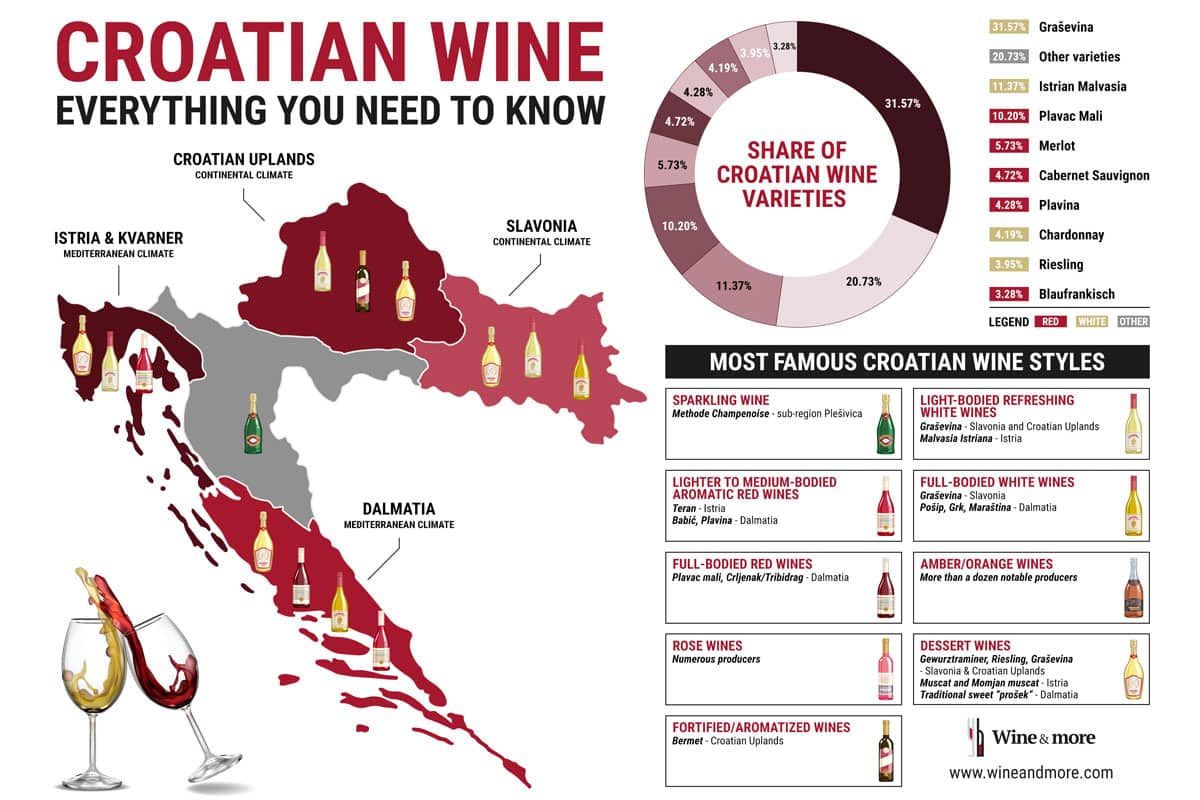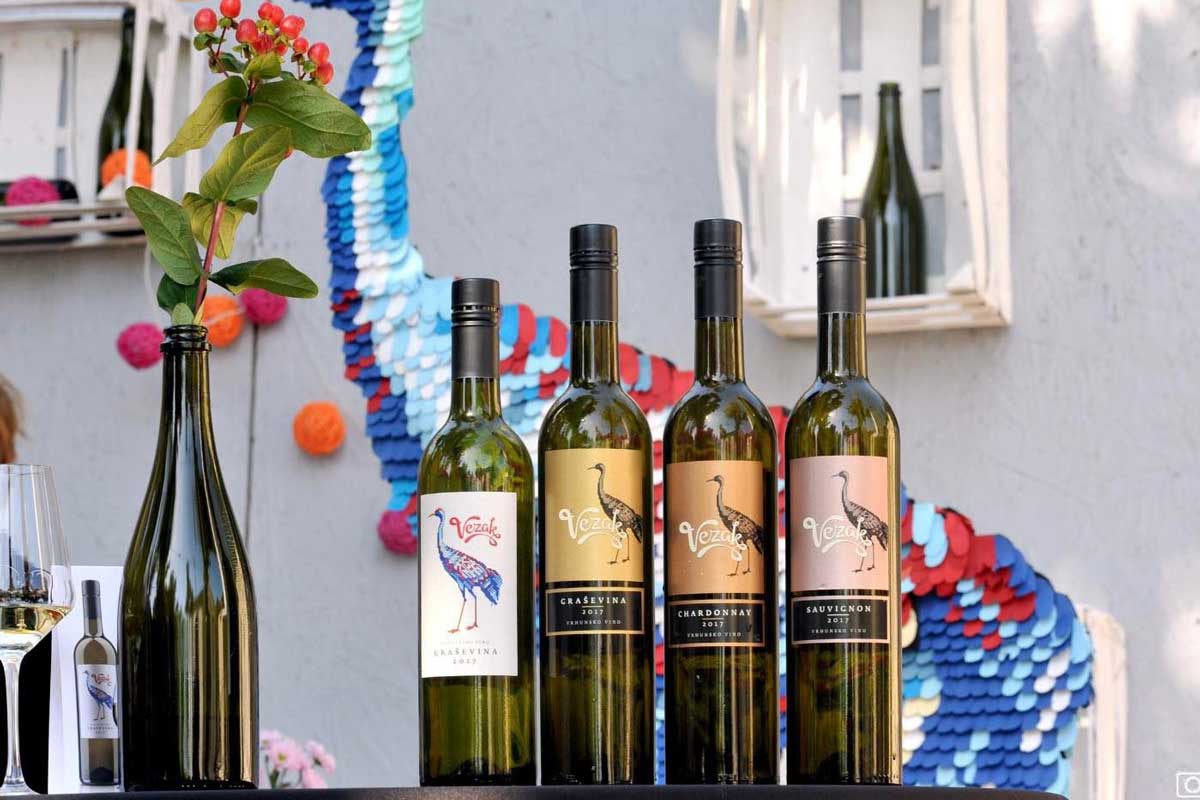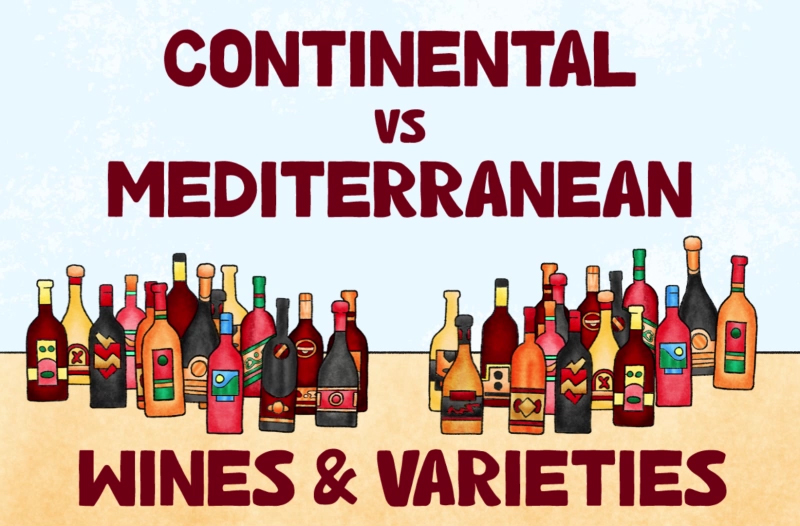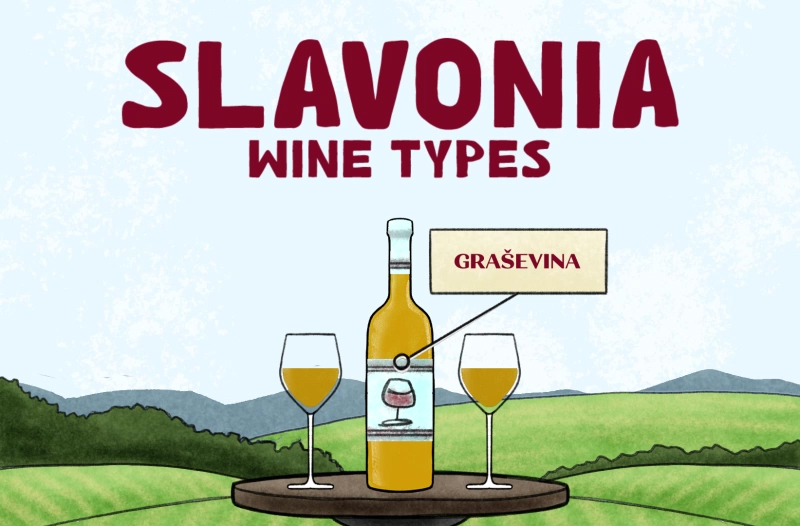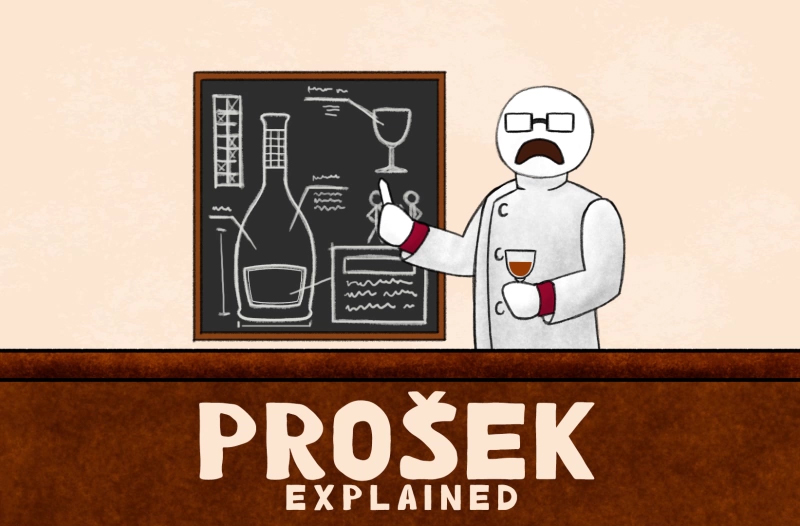Wine Subregions – A Deep Dive into the World of Terroir

What Are Wine Subregions?
Wine subregions are specific geographical areas within larger wine regions with distinctive characteristics influencing grape growth and wine production. These areas are renowned for their unique terroir, encompassing the climate, soil, topography, and other environmental factors.
The difference between wine region, subregion and appellation
When delving into the intricate world of wine, it’s crucial to grasp the distinctions between wine regions, subregions, and appellations. These terms often overlap but hold distinct meanings contributing to the wine world’s complexity and richness.
Wine Regions
A wine region is a broad geographical area known for its wine production. On a global scale, renowned wine regions like Bordeaux in France or Tuscany in Italy are celebrated for producing exceptional wines. Wine regions are characterised by their unique climates, soil types, and topography.
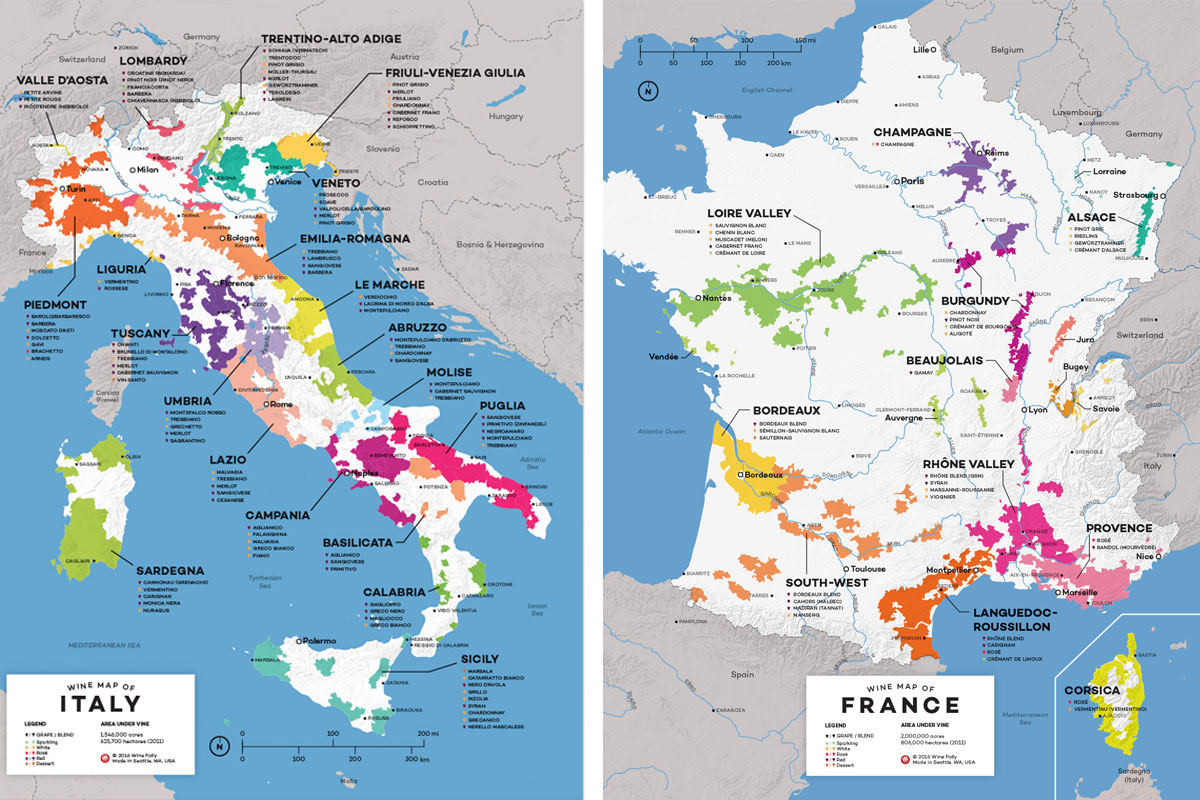
Subregions
As the name suggests, subregions are smaller geographical areas within a wine region. These areas have distinct microclimates and soil compositions that set them apart from the broader wine region. Subregions are often known for producing wines with specific characteristics that result from their unique circumstances.
For example, one of the famous sub-regions of Tuscany is Chianti. Another is Brunello di Montalcino, etc.
Subregions are important because they help distinguish a higher-quality, more terroir wine from a generic one.
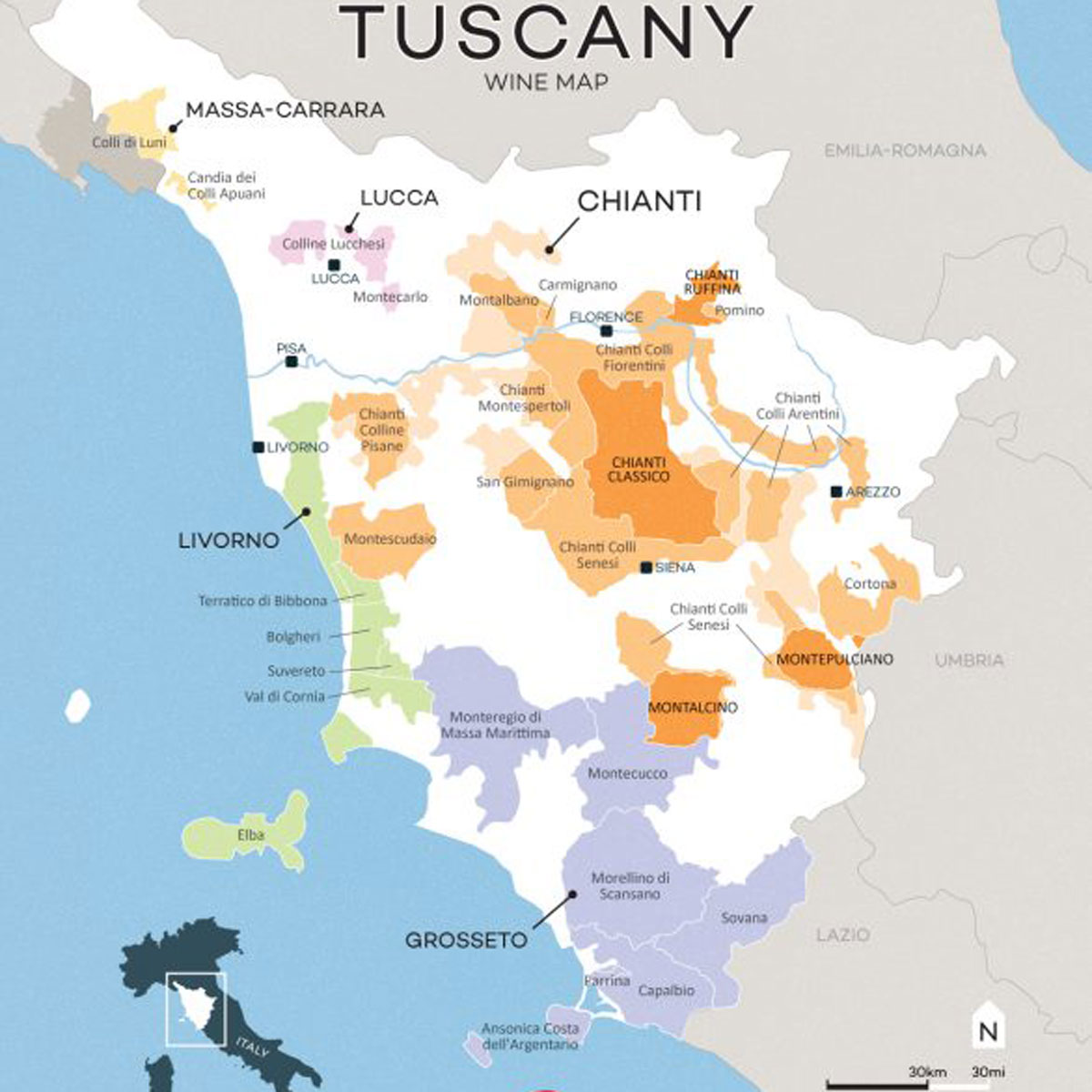
Appellations
Appellations are the most specific of the three terms. An appellation is a legally defined and protected geographical indication for wine production. It encompasses the wine region and its subregions and dictates the rules and regulations governing wine production within that area. Appellations guarantee origin and quality, ensuring that wines produced within a designated appellation meet certain standards.
In France, appellations are well-known, such as “Appellation d’Origine Contrôlée” (AOC), which ensures wines from regions like Champagne or Burgundy meet rigorous standards. In Italy, appellations are classified within denominations of DOCG (Denominazione di Origine Controllata e Garantita) or DOC.
For example, there are several protected appellations within Chianti, such as Chianti Classico, Chianti Rufina, Colli Senesi and others.
Chianti Classico even distinguishes further sub-zones within its appellation: Greve in Chianti, Radda, Castellina, Castelnuovo Beradenga and others.
In summary, while wine regions represent the broader geographical areas where wine is produced, subregions offer a deeper exploration of specific terroirs within those regions. On the other hand, Appellations provide legal protection and quality assurance for wines produced within defined geographical areas. Understanding these distinctions allows wine enthusiasts to appreciate the diversity and uniqueness of wines produced worldwide.
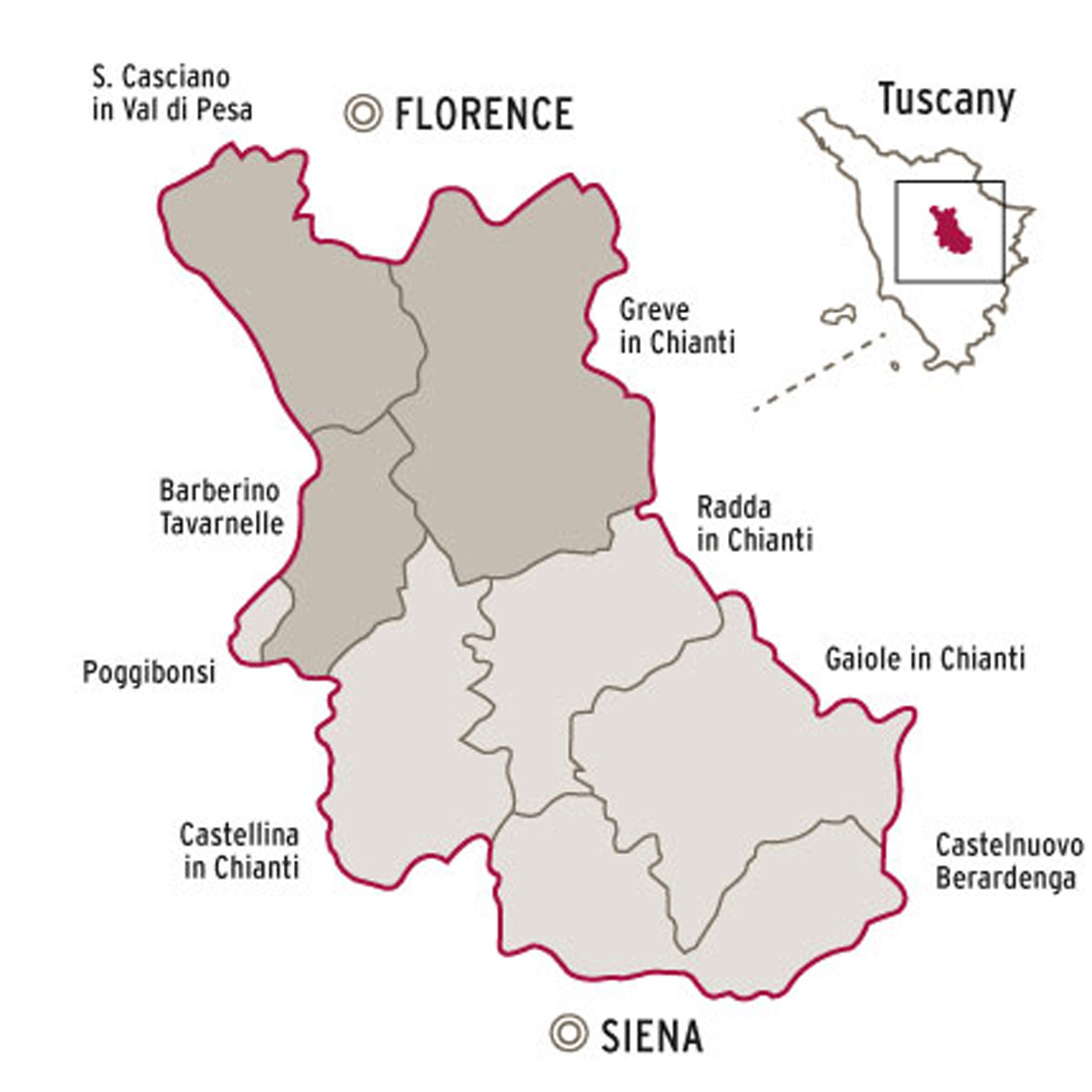
World’s most famous wine subregions
In the intricate tapestry of the wine world, the subregions often steal the spotlight for the exquisite wines they produce. These revered wine subregions are celebrated for their unique characteristics, which impart distinctive flavours and qualities to their wines. Let’s highlight some of the world’s most famous and revered wine subregions.
Chianti, Tuscany, Italy
Chianti, traditionally the winemaking heart of Tuscany, is a legendary wine subregion. It’s renowned for producing the iconic Chianti wine, primarily crafted from the Sangiovese grape. This subregion’s terroir, with its hilly landscapes and warm, sunny climate, fosters wines of elegance and complexity.
Brunello di Montalcino, Tuscany, Italy
Brunello di Montalcino, a treasure of the Tuscany region in Italy, is celebrated for its exquisite and age-worthy Sangiovese-based wines. With its warm days and cool nights, this wine subregion’s conditions, specifically the Montalcino area, allow the Sangiovese grape to achieve perfect ripeness. The result is wines of remarkable depth, complexity, and the ability to age gracefully for decades.
Barolo, Piedmont, Italy
Barolo, often called the “King of Wines,” is a prestigious wine subregion in Italy’s Piedmont region. This area is synonymous with the Nebbiolo grape, which yields unique, age-worthy wines. Barolo’s conditions, characterised by its unique combination of clay and limestone soils and a temperate climate, contribute to producing wines with intense aromas, firm tannins, and a remarkable ability to evolve with time.
Rioja Alavesa, Rioja, Spain
Rioja Alavesa, a subregion in northern Spain’s Rioja region, stands out for its exceptional Tempranillo-based wines. A continental climate and limestone-rich soils mark this area and produce wines with great ageing potential. Rioja Alavesa wines often display a harmonious blend of fruit and oak flavours, showcasing the subregion’s dedication to tradition and quality.
Valpolicella, Veneto, Italy
Famous Amarone wine of unparalleled richness and depth, specifically Amarone della Valpolicella, is the world-famous star of the Veneto region. The unique winemaking process involves drying the grapes to concentrate their flavours before fermentation, resulting in a wine of remarkable complexity. Valpolicella’s terroir, marked by rolling hills and a temperate climate, provides the ideal conditions for crafting Amarone and other exquisite Italian wines.
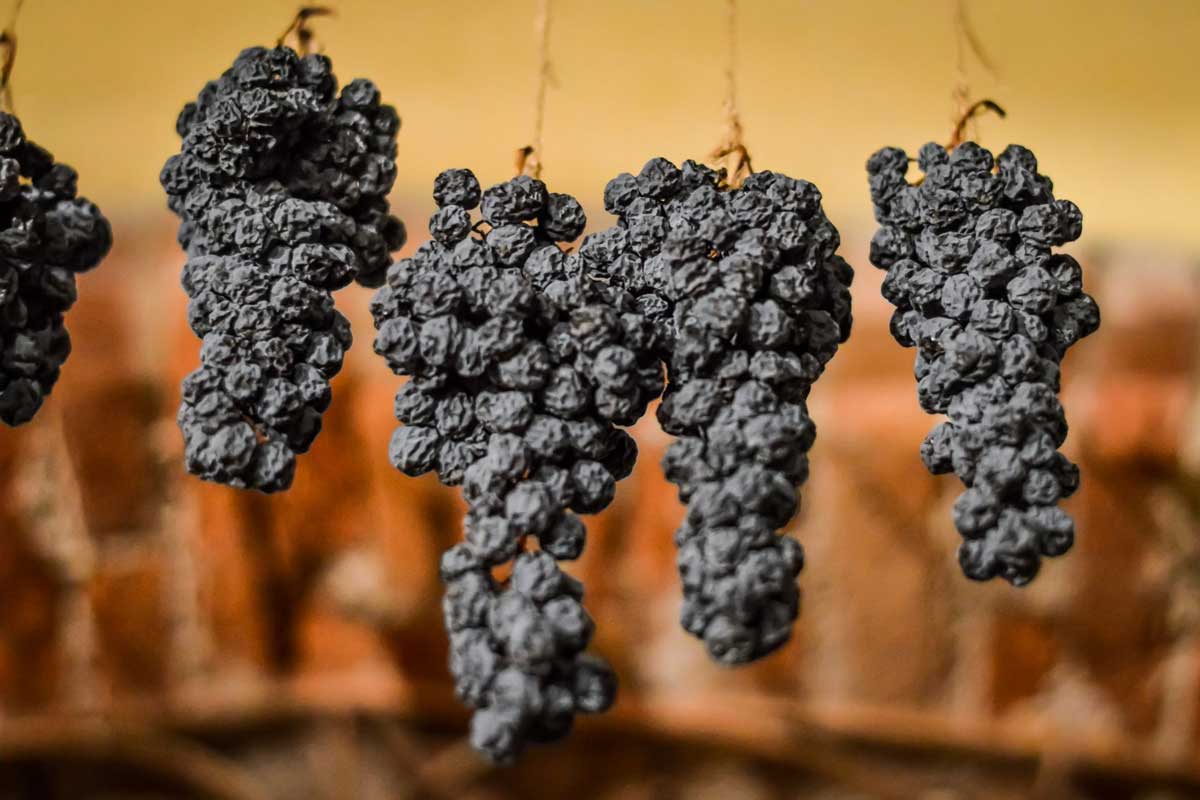
The Importance of Terroir
Terroir, initially a French term, encapsulates the idea that the land, in all its aspects, imparts a unique flavour to the grapes grown there. It’s not just about the grapes; it’s about the entire ecosystem, including the sun, rain, and even the microbes in the soil.
Terroir may not be the soul of the wine, but it is inextricably linked with the winemaker making the wine. Some think the cultivation and tradition it comes from should also be considered a part of terroir.
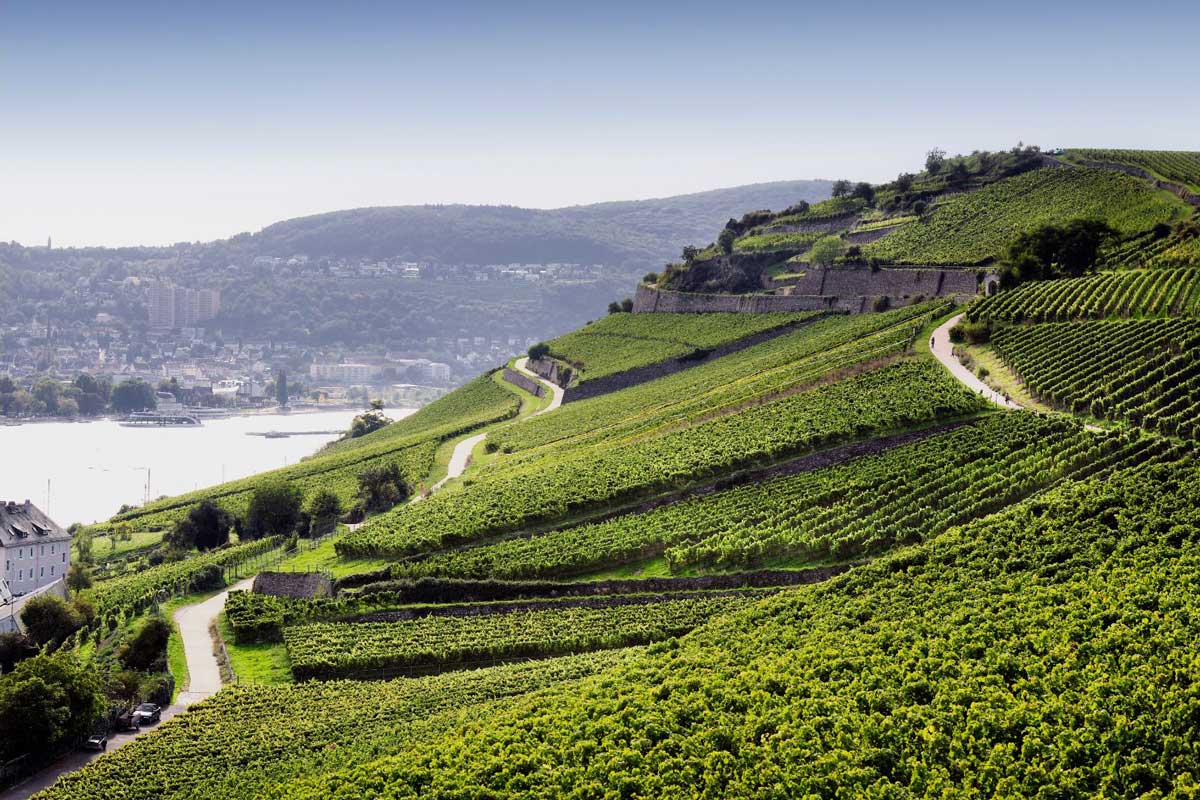
It becomes evident that terroir is a multifaceted concept that encompasses more than “just” soil and climate. Many argue that the cultivation methods and traditions intrinsic to a region should also be considered essential components of terroir, creating a complex and symbiotic bond that shapes the final wine.
Terroir: Beyond Soil and Climate
Traditionally, terroir has been defined as the sum of environmental factors influencing a vineyard’s specific characteristics, including:
- soil composition,
- topography,
- climate,
- vintage specifics
These elements undoubtedly play a pivotal role in grape development, impacting everything from flavour profiles to the grape’s ability to ripen optimally.
However, this definition fails to capture terroir’s full depth and complexity. Wine enthusiasts and experts have come to appreciate that terroir extends beyond these natural factors and into human influence, where the winemaker becomes an integral part of the equation.
The Winemaker’s Influence
Winemaking is as much an art as it is a science. The decisions made by a winemaker at every stage of the winemaking process, from grape selection to fermentation and ageing, have a profound impact on the final product. These choices reflect the winemaker’s expertise, experience, and personal style, which are deeply rooted in the traditions and techniques of the region.
Unique terroir-expressions require an interpreter. Despite the ongoing mysticism of natural wine, no wine is made on its own. Not a good one, at least, and it takes the best handling to achieve a terroir wine.
Cultivation and Tradition: Integral Parts of Terroir
To truly understand terroir, it’s imperative to acknowledge the significance of cultivation practices and winemaking traditions specific to a region. These practices are handed down through generations and are deeply intertwined with the cultural and historical fabric of the area. They shape how grapes are grown, harvested, and transformed into wine, contributing to the unique identity of wines from that region.
In regions like Burgundy, France, the intricate classification system known as “climats” recognises the role of both soil and historical land divisions in defining terroir. Each climat represents a specific vineyard plot, acknowledging that the subtle variations in micro-terroirs and centuries-old cultivation practices are integral to the character of the wine.
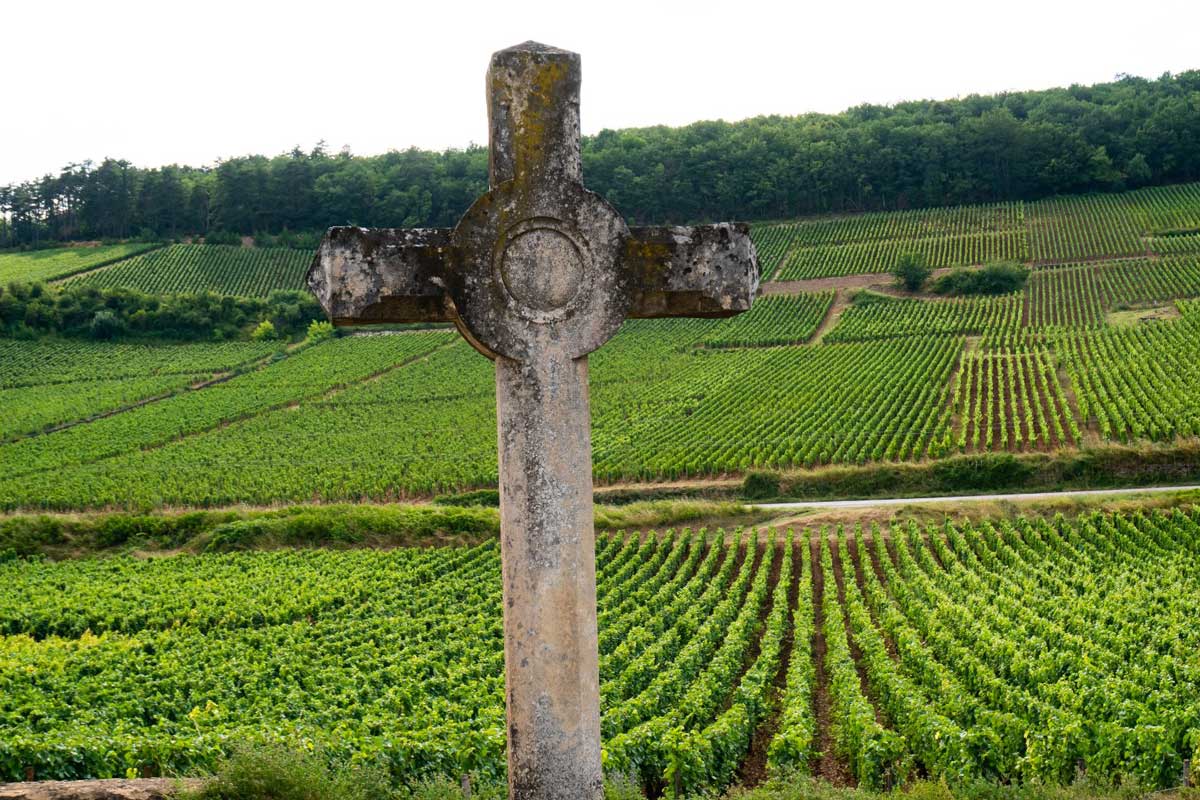
As a result, terroir wines could emerge from a superior terroir, and knowledge of the regions, sub-regions and appellations is useful to distinguish general cultural background.
But it is vital to accept we can’t truly talk about the terroir of larger vineyard areas. These would be growing conditions. Terroir is a particular expression of a particular vineyard.
Landscape and Climate Influence on Wine Subregions
Climate plays a pivotal role in shaping wine subregions. From the sunny Mediterranean climates of Spain or Croatia to the cooler temperatures of Germany’s Mosel Valley, every subregion has a unique climate that affects grape ripening and wine style.
The Influence of Altitude
Altitude is a lesser-known but significant factor in wine subregions. Higher altitudes can lead to cooler temperatures, resulting in grapes with higher acidity and complexity. Even more importantly, higher altitudes in warm climates could provide evenly ripening of the grapes.
In the Old World, the most famous examples are:
- the Bekka Valley in Lebanon at 1,000 meters above sea level
- Vineyards on Etna at 1,000 meters above sea level
- Vineyards on the Vesuvius at 700 metres above sea level
- Vineyards on Crete (Greece) at 900 metres above sea level
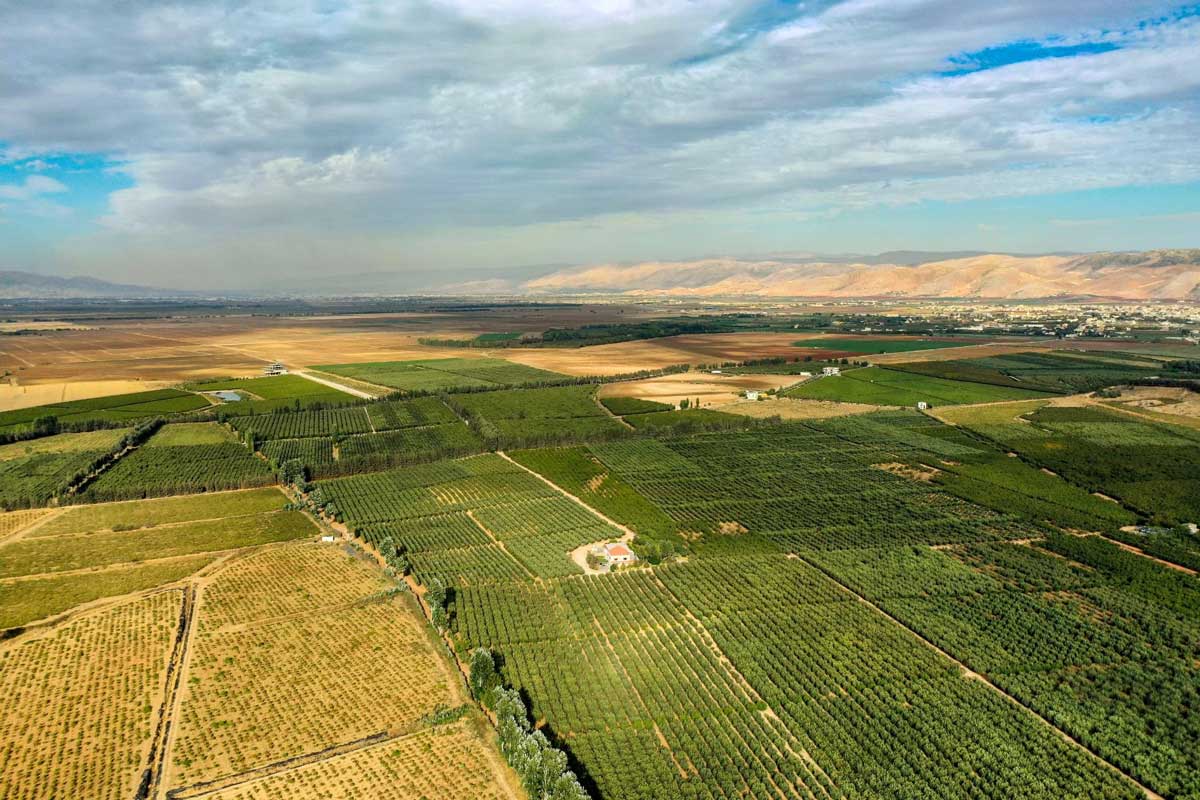
The Andes Mountains between Argentina and Chile are probably the most famous in the New World. For example, the Andes have given rise to some exceptional high-altitude vineyards close to 1800 metres above sea level.
Cooler High-Altitude Subregions: Cool and Elegant
Higher altitudes typically experience cooler temperatures due to a decrease in atmospheric pressure. This cooling effect can lead to slower grape ripening, which, in turn, preserves the grape’s acidity and imparts fresh, crisp characteristics to the wines. In regions like the Andes Mountains in South America or the Mosel Valley in Germany, high-altitude vineyards are celebrated for producing wines with vibrant acidity and pronounced aromatics.
Equally so in Alpine areas of Europe, such as Switzerland, or Italian subregions of Valtellina or Alto Piemonte.
Warmer Low-Altitude Subregions: Rich and Robust
Conversely, lower altitudes generally have warmer temperatures, which accelerate grape ripening. This produces wines with riper fruit flavours, softer tannins, and a fuller body. Subregions such as Napa Valley in California or the Douro Valley in Portugal benefit from their low-altitude vineyards, which create ideal conditions for grapes like Cabernet Sauvignon and Touriga Nacional to thrive.
Soil Types and Their Role
Soil is the silent partner in winemaking. Different subregions boast varying soil compositions, from limestone in Champagne to volcanic soil in Sicily. Different soil compositions contribute distinct mineral and nutrient content to the vines, ultimately impacting the grapes’ characteristics.
- Limestone and Chalk Soils: Soils rich in limestone or chalk, like those found in Champagne, Burgundy, and parts of Spain, are renowned for imparting a mineral, flinty character to the wines. These soils also contribute to excellent drainage, preventing waterlogged roots and encouraging deep root growth.
- Clay Soils: Clay soils, such as those in parts of Bordeaux and Tuscany, are moisture-retentive, ensuring vines can access water during dry periods. This can lead to wines with ample body and structure and vibrant fruit flavours.
- Volcanic Soils: In regions like Sicily’s Mount Etna, volcanic soils are prevalent. These soils are rich in minerals and provide a unique character to the wines, often with pronounced earthy and smoky notes.
- Alluvial Soils: Alluvial soils in river valleys, such as those in Marlborough, New Zealand, or Loire Valley in France, are fertile and well-draining. They create an ideal environment for specific grape varieties, like Sauvignon Blanc, to express their vibrant fruitiness.
- Granite and Schist Soils: In regions like the Rhône Valley or the Douro Valley, granitic and schist soils are prized for their ability to reflect the grape’s character and produce wines with a sense of place.
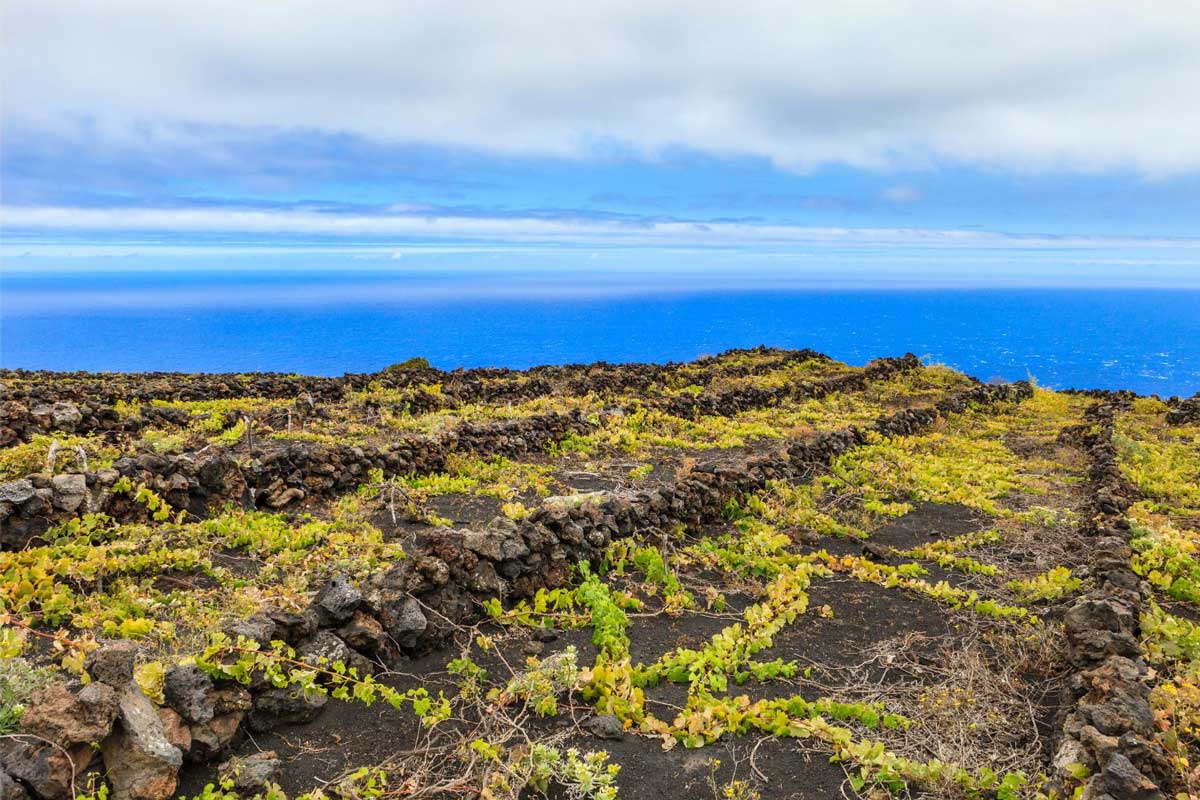
Grape Varieties in Wine Subregions
Every subregion has its star grape varieties. For instance, Shiraz thrives in Australia’s Barossa Valley, while Malbec reigns supreme in Argentina’s Mendoza. These grapes have adapted and evolved to their specific terroirs.
The choice of grape varieties is a pivotal aspect of a subregion’s identity, influencing its terroir, wine styles, and reputation.
Burgundy, France: Pinot Noir and Chardonnay
Burgundy’s reputation is built on the delicate and nuanced expressions of Pinot Noir and Chardonnay. The region’s intricate classification system, the “climats,” highlights the significance of terroir. Pinot Noir thrives in the Côte de Nuits, while Chardonnay excels in the Côte de Beaune. Pinot Noir creates red wines of finesse, showcasing the essence of the individual vineyards. Chardonnay produces myriad expressions, from crisp and mineral Chablis to rich buttery Meursault.
Tuscany, Italy: Sangiovese
Tuscany is the realm of Sangiovese, the grape variety behind iconic wines such as Chianti, Brunello di Montalcino, and Vino Nobile di Montepulciano. Sangiovese’s versatility allows it to produce various styles, from the bright and fruity Chianti to the powerful, age-worthy Brunello. The region’s rolling hills and warm climate provide the ideal conditions for Sangiovese to thrive.
Rioja, Spain: Tempranillo
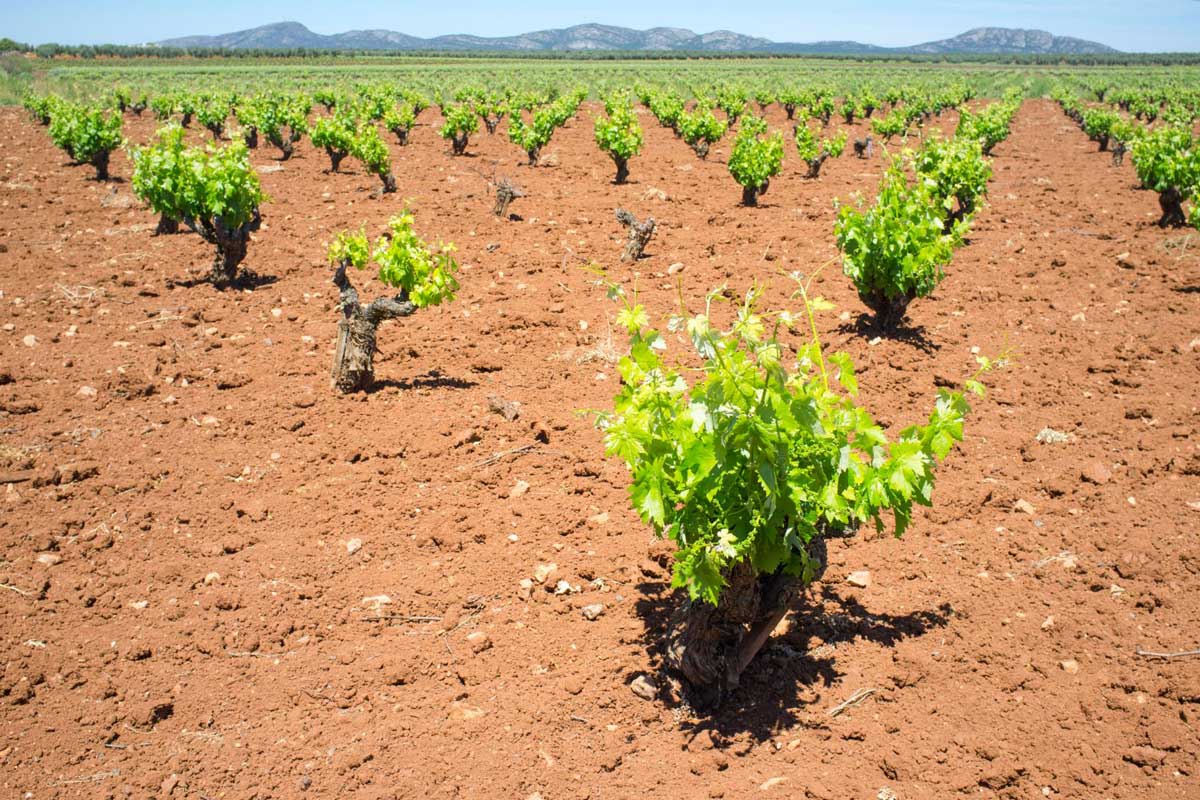
Rioja’s signature grape variety is Tempranillo, known locally as “Tinto Fino” or “Tinta del Pais.” Tempranillo is celebrated for its ability to age gracefully and its remarkable fruit and oak integration. The subregion’s diverse terroir, including limestone and clay soils, contributes to the complexity and depth of Rioja’s Tempranillo wines, ranging from vibrant Crianzas to structured Gran Reservas.
Unique Characteristics of Wine Subregions
Exploring wine subregions is like diving into a treasure trove of flavours, each offering a unique and captivating story. You might encounter the earthy notes of a Bordeaux Cabernet Sauvignon or the zesty citrus of a Marlborough Sauvignon Blanc. These distinctive characteristics make each subregion an adventure, a voyage of the senses that unfolds with each sip.
Tasting wines from different subregions is an exhilarating journey for the palate. It allows you to compare and contrast flavours, appreciate the nuances of terroir, and expand your wine knowledge. As you sip a Burgundy Pinot Noir, you’ll notice the delicate dance of red fruits and subtle earthiness, while a Rioja Tempranillo may unveil dark cherries and oak layers. The diversity in styles, driven by grape varieties and terroir, is a testament to the richness and diversity of the wine world.
And let’s not forget the lesser-known treasures waiting to be discovered. Croatia, still a hidden gem in the world of wine, boasts four main wine regions, each with unique charm and character. Croatia offers a remarkable diversity of terroirs and indigenous grape varieties, from Istria’s coastal influence to Dalmatia’s sun-kissed vineyards.
Exploring Croatia’s wine regions is like embarking on a voyage of discovery, uncovering wines that reflect the country’s rich history and vibrant culture, and adding another layer of complexity to the world of wine.
What is the best wine region in Croatia?
Determining the “best” wine region in Croatia is subjective and can vary depending on individual preferences and the type of wine one enjoys. Croatia has four distinctive wine regions with unique characteristics and offerings and numerous subregions.
Here are essential information about Croatian wine regions:
- Istria: Istria, located in the northwestern part of Croatia, is known for its stunning coastal vineyards. It’s famous for producing high-quality white wines, particularly Malvasia and Teran, a robust red variety. The region’s diverse terroir, influenced by the Adriatic Sea, makes it a popular choice for wine enthusiasts.
- Dalmatia: Along the Adriatic coast, Dalmatia is renowned for its picturesque vineyards and indigenous grape varieties. Plavac Mali, a tannic red grape related to Zinfandel, thrives here. Dalmatia is also known for its white wines, including Pošip and Grk.
- Slavonia and Danube: In the eastern part of Croatia, Slavonia and the Danube region are home to vineyards that benefit from continental climates and fertile soils. Graševina, a white grape variety, dominates this region and produces fresh and vibrant wines.
Upland Croatia: The Croatian Uplands benefit from a continental climate with cold winters and warm summers, providing a suitable environment for grape cultivation. Some key grape varieties cultivated in this region include Graševina (Welschriesling), Riesling, Pinot Gris, and Pinot Noir. Graševina, in particular, is a widely planted white grape variety known for producing crisp and refreshing wines in this region.
Most famous Croatian sub-regions
Each Croatian region has a distinctive sub-region encapsulating some key wine references.
For example, the West Istria subregion, particularly Buje and Poreč, produces the most notable Istrian wines.
Dalmatia is well known for its many subregions, like Northern Dalmatia or Inland Dalmatia, with the most famous “appellations” in the south. Dingač and Postup for Plavac Mali, and recently Lumbarda protected destination of origin for Grk variety.
In Upland Croatia, the Plešivica sub-region shines as the Croatian sparkling wine Capitol.
Slavonia is proud of its Kutjevo and Danube sub-regions, but there are many deserving attention. The Daruvar vineyards are a subregion of distinction in the Slavonia region, producing exceptional wines amidst the rolling hills and fertile soils.
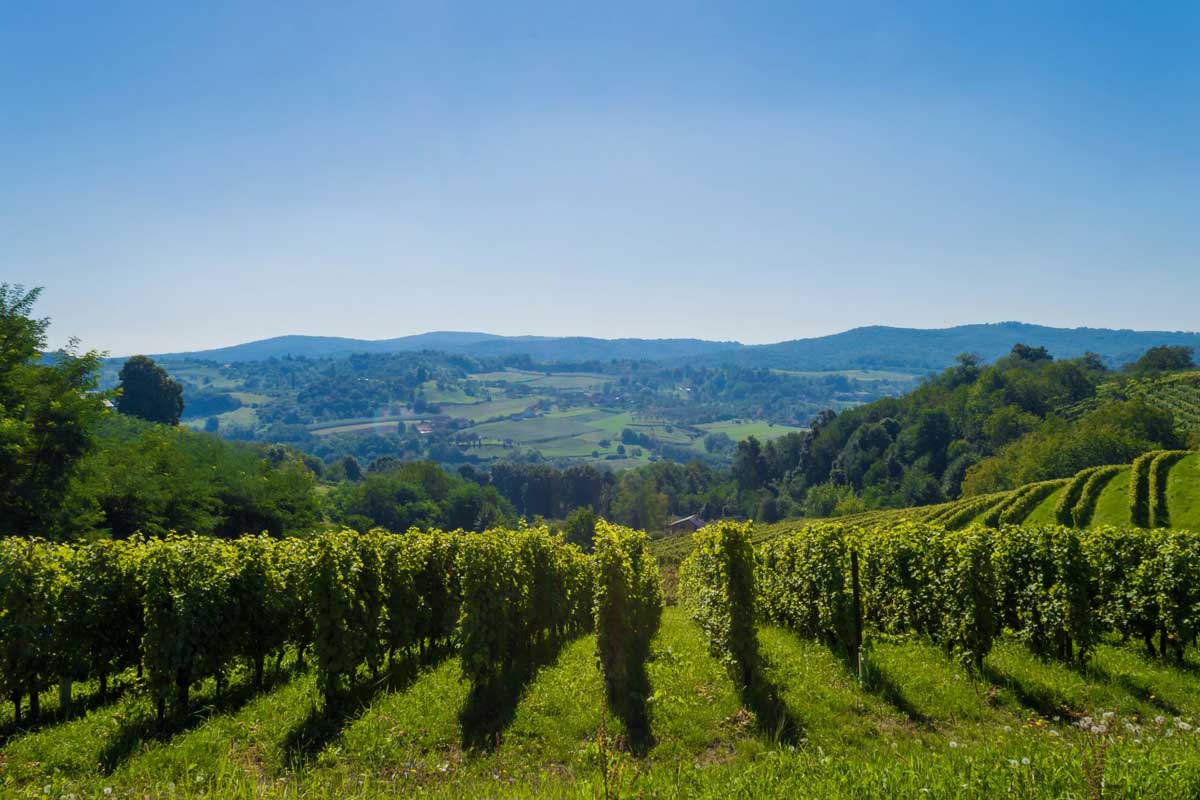
Wine subregions of Croatia – Daruvar
The Daruvar vineyard stretches on the gentle slopes of Bilogora, Papuk and Psunje at 150 to 240 m altitudes. Here, on more than 160 ha in Donji Daruvar and Đulovac Badel 1862 d.d. – The Daruvar winery grows the recommended grape varieties for this climate.
The most common variety is Graševina, followed by Chardonnay, Riesling and Sauvignon. A high level of technology and professional equipment result in a rational and appropriate grape production technology, which in terms of quality, represents a very good raw material for producing the best wines.
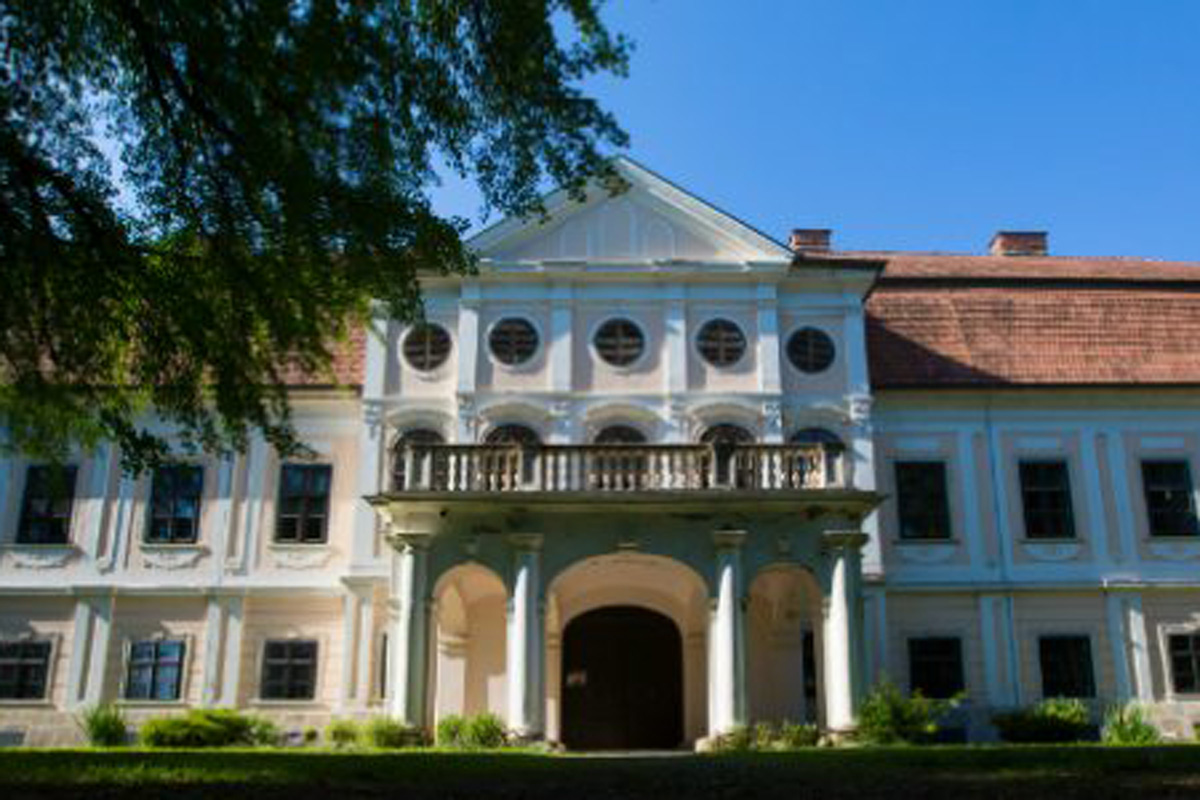
Cultivating vines in Daruvar has a centuries-old tradition and a rich past because the gentle and sunny slopes of Papuk provide ideal conditions for viticulture and winemaking. That Daruvar has been known for its wines since Roman times is evidenced by the Diatret glass wine goblet – an imperial mesh goblet named “Vas diatretum Daruvarense” discovered in 1789. in the Roman Forest.
Daruvar winery
The speciality of Daruvar wines is reflected in the products of the Daruvar Winery, one of the most awarded Croatian wineries.
Its vineyards, spread over the slopes of Bilogora, Papuk and Psunje, continue the tradition and customs of viticulture and cellaring that go back to ancient times. The top quality of these wines has been confirmed by winning many international medals at European wine competitions.
On more than 140 ha in Donji Daruvar and Đulovac, recommended grape varieties for this climate are grown – Graševina, Sauvignon, Riesling and Chardonnay.
Quality and premium wines are stored in the historic premises of Count Janković’s castle, which provides ideal conditions for wine maturation. The cellar consists of a space for storing wine, a beautiful wine cellar located among museum exhibits from the Roman era, an archive, and a representative tasting room.
The crane from the coat of arms of the Count Janković family, after which the town of Daruvar got its name, also inspired the creation of Daruvar wine labels.
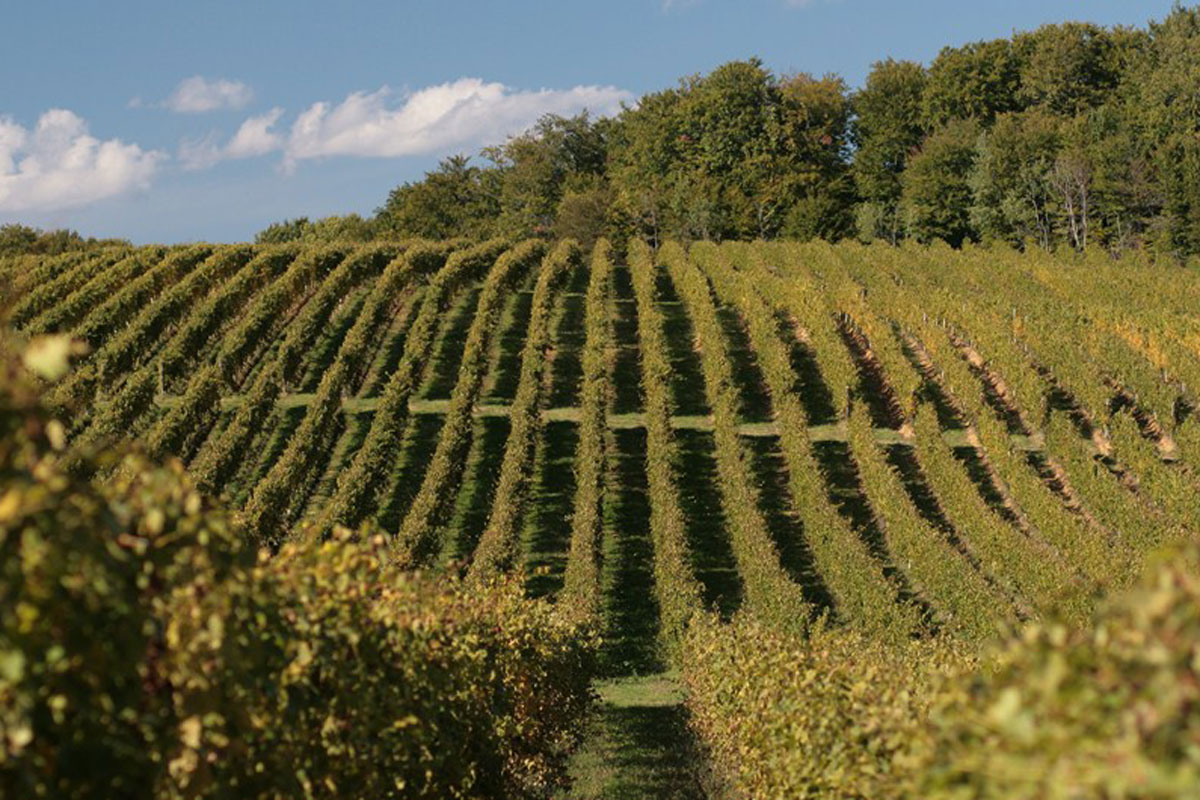
Conclusion
In conclusion, wine subregions are the beating heart of the wine world. They are where nature, tradition, and innovation converge to create some of the finest wines known to humanity. Whether you’re a seasoned oenophile or a budding wine enthusiast, exploring these subregions is a delightful journey through the world of terroir.
An old Roman proverb says: “To get to know a people, sit at their table, taste their food and drink their wine, then you will know what kind of people they are”.



